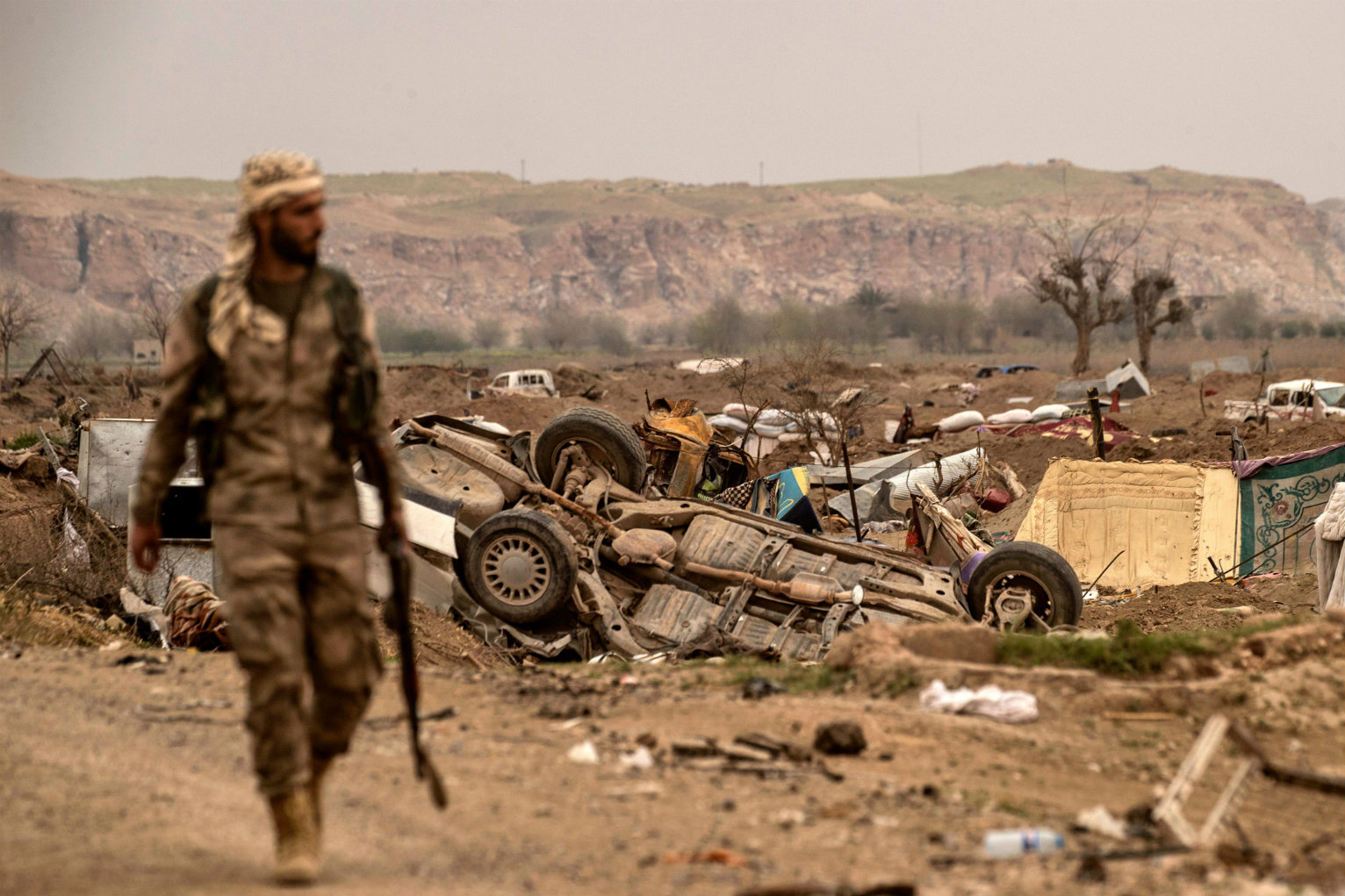The Islamic State is not dead. Despite its defeat in March 2019 with the fall of its self-proclaimed “caliphate”, the jihadist group continues to launch deadly attacks in Syria, particularly in the vast Badiya desert stretching from the central province of Homs to Deir Ezzor on the border with Iraq, where jihadists run amok. Since the fall of Baghouz in March 2019, Islamic State attacks have killed more than 1,100 pro-regime fighters, including foreign soldiers and paramilitaries.
Two years after the loss of Baghouz, the last shred of their Syrian-Iraqi empire, one wonders how many of them have survived the terrorist group and how they are organising themselves.
Several thousand Islamic State fighters are still in Syria, on the steppe, or are hiding in villages where there are Arab clans supporting them.
They continue to have support mainly from Turkey, which is using this map against the Kurds, as Erdogan still harbours plans to eliminate the Kurdish proto-state that is being formed with external support in northeastern Syria, on the border with Turkey. Turkish agencies are allegedly discreetly nurturing Islamist groups against the Kurds, as per some reports.
The ‘caliphate’ once extended on both sides of the Syrian-Iraqi border. However, today the situation is not the same on the Iraqi side; in fact, in Iraq, in the north of the country around Mosul, the American army is in charge but the pro- Iranian Shi’ite militias continue to exert their influence.
The Shia militias have more means and are more effective, and there is not as much infighting in Iraq as in Syria, and Turkey also has less influence in Iraq. At the same time, however, the Christian population has not returned back to the city of Mosul, as do some Sunnis because the Islamic State is still there and continues to raid the population.
On 28th January, the Iraqi Prime Minister Mustafa al-Kazimi announced the death of Abu Yasser al-Issawi, the leader of the Islamic State in Iraq.
The collapse of the Islamic State in 2019 with the fall of its self-proclaimed ‘caliphate’ has therefore not eliminated the group, nor its motives.
To the question of whether it will disappear in time, one can answer that it will all depend on whether or not the civilian authority is restored in this region, groups like the Islamic State thrive in grey areas when states no longer have control over their territories. In Syria, the administration remains weakened by war, and is under the weight of sanctions, struggling to rebuild its territory. In Iraq, we have a country in the midst of an economic crisis, with plummeting oil prices; if these states are able to restore water and electricity, put people back to work, guarantee their security, provide services to the population if Iraq and Syria achieve this, this would give them some legitimacy and then we will see the Islamic State lose its importance. On the other hand, if these countries continue to deteriorate, there will always be motivated individuals who will want to join the Islamic State and strengthen the group.

